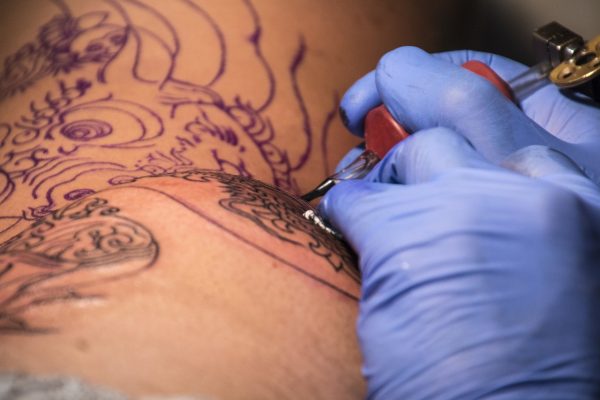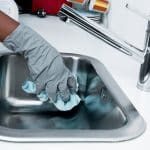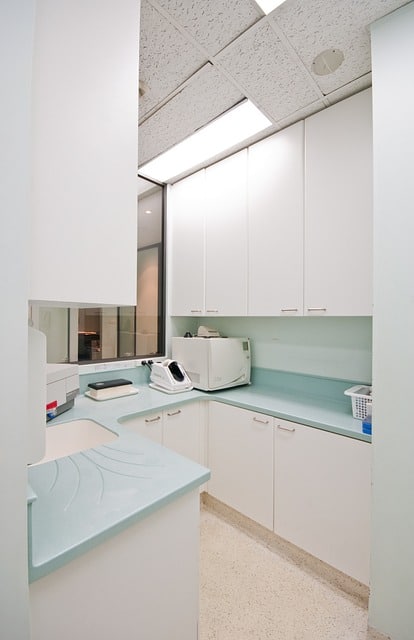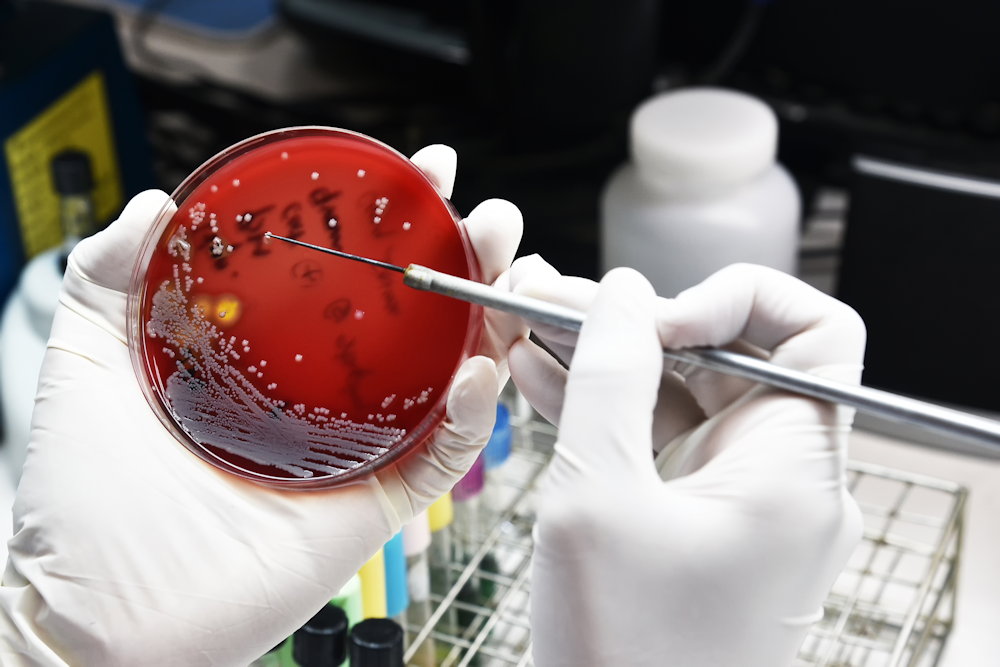There are over 21,000 tattoo studios throughout the 50 states. 40 states + DC require studios to perform monitoring of their sterilizer. Most of those require that such testing be performed by a 3rd party. Insufficient monitoring means the tattooist jeopardizes both their license and the health of their clients.
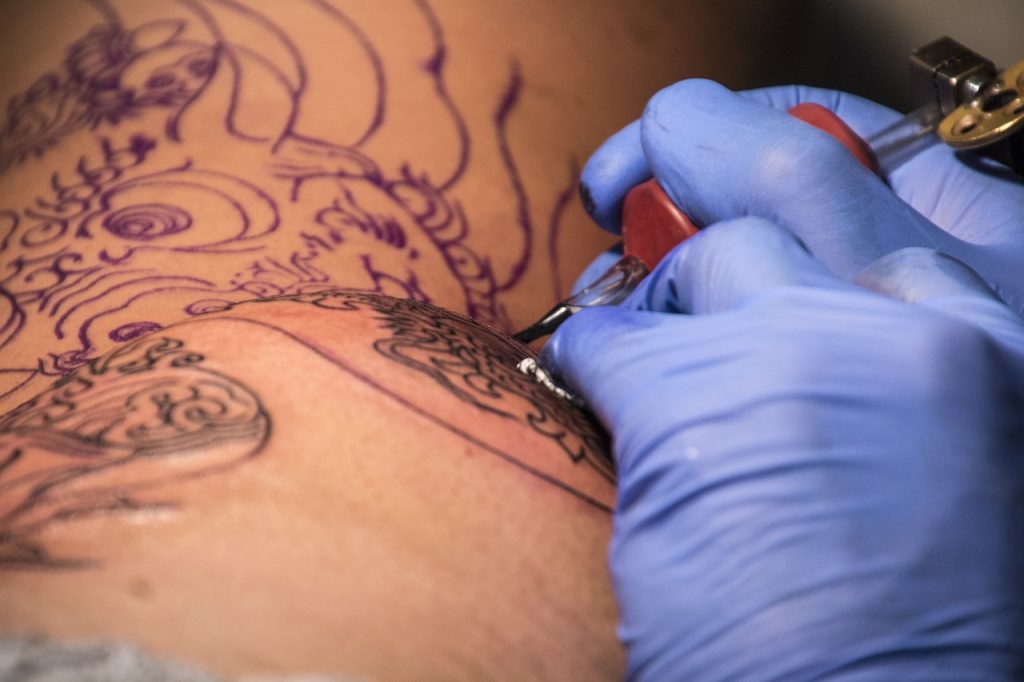
Most states require monthly testing, but there are a few exceptions. Missouri and Ohio have the strictest laws, both requiring weekly monitoring of sterilizers in tattoo facilities, which puts them on par with most state’s dental regulations. Florida and Kansas require only quarterly testing (every 3 months). State regulations are subject to change with political tides, and many local municipalities have their own regulations, so always review your local laws and codes to verify your current regulations. To see your state’s requirements, check out our map of all state’s tattoo regulations which includes links to regulatory documents.
However, just because a state doesn’t require testing does not exempt a tattoo studio from sterilizer monitoring. Many municipalities have their own regulations which are more strict and/or a higher frequency than those of the state level agencies. For example, the state of Maryland has no regulations regarding tattoo studio sterilizer monitoring but Allegany and Calvert county each require monthly testing. So always check with your county and city governments health department or equivalent agency to verify that you are in compliance.
Legally speaking, the tattooist needs only meet their state/municipal regulations. However, the CDC guidelines state “Spore tests are the most accepted method for monitoring the sterilization process. Correct functioning of sterilization cycles should be verified by the periodic use (at least weekly) of Biological Indicators.” So while the bare minimum may be legally sufficient, many offices opt to test weekly to ensure infection control.
It is important to remember that 21,000 tattooists doesn’t mean 21,000 sterilizers. Today, most tattoo studios use only pre-sterilized disposable equipment, so a sterilizer may not be necessary. However, most tattoo studios do not limit their services exclusively to ink – many also perform piercings, which means they still need a method of sterilizing body jewelry.
If you are a tattooist, or a patron of a tattooist, and you have any questions about your local regulations, you can always call or email the experts Woodhouse Labs for a free consult.
